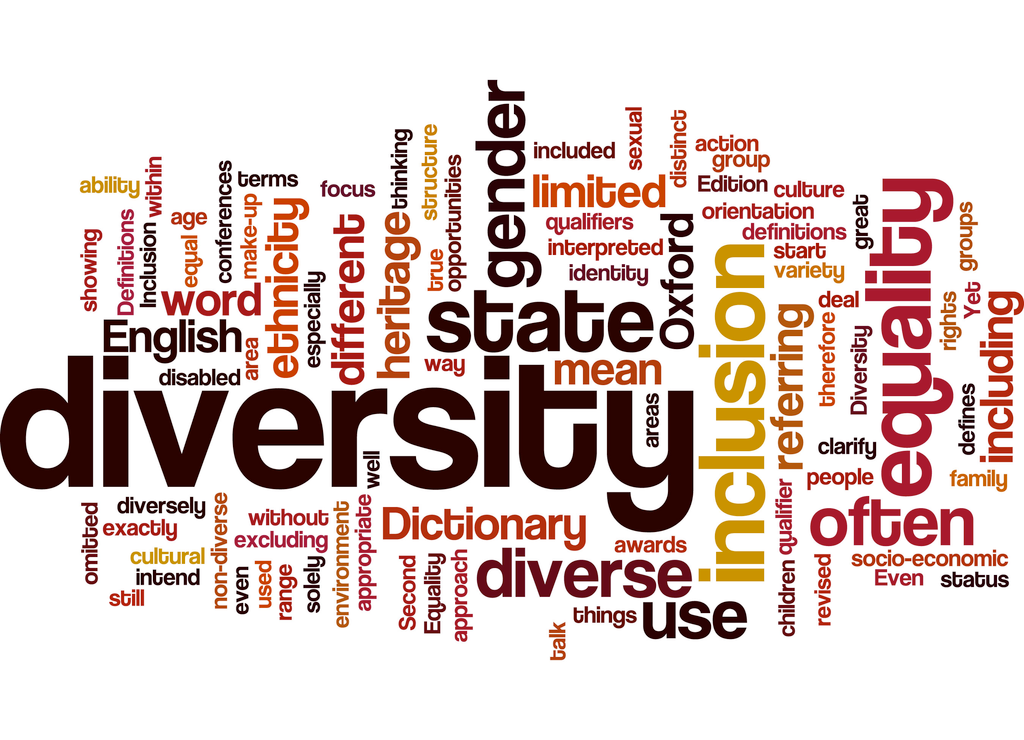Firm Management
Myths & Realities About Diversity, Equity & Inclusion in the Accounting Profession
With small steps in every company size or budget, we can create a better workplace environment that promotes trust, respect, understanding, empathy, collaboration and prosperity.
Aug. 10, 2023

By Jim Boomer, CPA.
As a leader, no matter your position or stance, you must lead effectively through diversity, equity and inclusion (DE&I) opportunities that ultimately impact us all. Pursuing diversity is essential, but how do you build such an environment? This article busts some myths about diversity in the accounting profession and provides tips and strategies on how CPA firm leaders can cultivate a culture of belonging within their organizations.
The myths and realities of inclusion

Thanks for reading CPA Practice Advisor!
Subscribe for free to get personalized daily content, newsletters, continuing education, podcasts, whitepapers and more...
Already registered? Login
Need more information? Read the FAQ's
Let’s start with some myths we often hear repeated in firms struggling with diversity, inclusion and belonging.
Myth #1: The pipeline is not diverse.
Reality #1: Diversity exists but is not leveraged.
There is a common misconception that the accounting field lacks diverse talent. This is far from the truth. Diversity does exist in the accounting profession – there are capable professionals from different races, ethnicities, genders, and backgrounds. It is, however, unfortunate that some firms are not tapping into this rich pool of potential. These firms may miss out due to unconscious biases, lack of inclusive policies, or outdated recruitment practices. By expanding their horizons, such firms can benefit from the diverse perspectives and innovative solutions that a varied workforce can bring.
Commit to showing up where diverse talent grows up. That can involve enhancing the pipeline by promoting accounting as a career path to diverse audiences earlier in their decision-making process.
Myth #2: There is no real ROI. Inclusion is just the right thing to do.
Reality #2: Inclusion boosts performance and ROI.
Contrary to the misconception that inclusion is simply a moral obligation, it is, in fact, an integral component of a company’s culture that directly impacts performance and ROI. Organizations that foster an inclusive culture harness the full potential of their workforce, encouraging creativity and innovation. Moreover, an inclusive environment aids in talent retention, thus reducing the costs associated with employee turnover.
According to McKinsey, racially and ethnically diverse companies are 35% more likely to have financial returns above their respective national industry medians, and companies with greater gender diversity are 15% more likely to have financial returns above the industry median. This is likely due to the varied perspectives, problem-solving approaches and skills that a diverse team brings.
In addition, it’s becoming common practice for clients to ask firms about their commitment to diversity, equity and inclusion before awarding contracts. So investing in diversity and inclusion is not just the right thing to do; it’s also a smart business move.
Myth #3: Implementing DE&I requires too much effort and resources.
Reality #3: Start with an internal assessment. You may be better off than you realize.
Many firms assume that implementing DE&I strategies demands excessive effort and resources. However, it is more about investing the right amount of effort in the right areas. Before initiating DEI efforts, firms should carefully assess their current state regarding diversity, equity, inclusion and belonging. This self-evaluation will shed light on both strengths and areas for improvement, providing a clear roadmap for the next steps.
Fortunately, firms are not alone in this journey. There are numerous resources available to aid in this process. The AICPA offers a wealth of resources dedicated to helping firms understand and implement effective DEI practices. They provide guidelines, tools, and insights firms can utilize to support their DE&I initiatives, regardless of where they are on this journey. Taking advantage of these resources will simplify the process and ensure firms adopt best practices in their quest for a more diverse, equitable and inclusive environment.
Remember, even incremental change is meaningful change.
Myth #4: It’s impossible to compete with the Big 4’s recruitment of diverse talent.
Reality #4: Firms of all sizes can attract and hire diverse talent.
It’s a common misconception that only the Big 4 accounting firms can attract a diverse talent pool. In reality, firms of all sizes have equal potential to engage and recruit diverse talent. One size does not fit all when attracting, hiring and retaining diverse talent. In fact, smaller firms can provide unique opportunities and experiences that larger firms might not, such as more direct access to leadership, a wider variety of work or a more flexible and personalized work environment.
Similarly, mid-sized firms might offer a balance between the resources of a large firm and the intimacy of a smaller firm, making them uniquely positioned to attract diverse talent. It’s all about leveraging your firm’s unique advantages, communicating your commitment to diversity, equity and inclusion and creating a culture of belonging that makes individuals from all backgrounds feel valued and heard. So don’t be daunted by the size of your firm. Embrace it and use it to your advantage in your DE&I efforts.
Understanding and implementing D&I initiatives in your workplace can provide a much greater and more positive outcome for your organization and employees. It can also be a great way to attract and retain talent, as workers increasingly look to employers who value diversity, equity and inclusion. With small steps in every company size or budget, we can create a better workplace environment that promotes trust, respect, understanding, empathy, collaboration and prosperity. The opportunities are ours for the taking if we’re willing to take ownership of making DE&I a strategic priority.
===
Jim Boomer is the CEO of Boomer Consulting, Inc.
